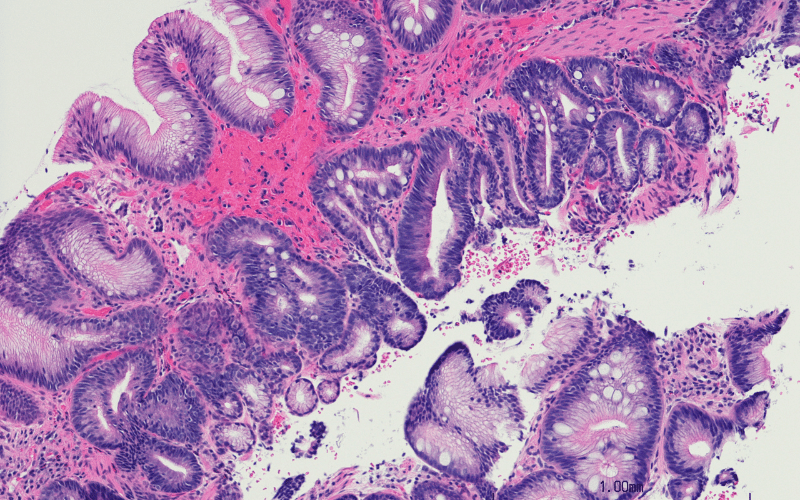Fact 11: Link to Barrett’s Esophagus

At its core, Barrett’s Esophagus (BE) is a complication associated with chronic GERD. Characterized by an abnormal change in the cells of the esophageal lining, this condition emerges due to the consistent assault of stomach acid on the esophagus. With time, the esophageal cells begin to mimic those found in the intestinal lining, leading to a heightened risk of esophageal adenocarcinoma, a rare form of cancer.
Detecting Barrett’s Esophagus early on is vital to prevent potential complications. The process often involves an endoscopic examination, where a flexible tube equipped with a light and camera is used to inspect the esophagus. If any irregularities are observed, tissue samples or biopsies are extracted for further microscopic examination. Regular surveillance of the esophagus becomes crucial for those diagnosed with BE to monitor for any precancerous changes.
While Barrett’s Esophagus often evolves from chronic GERD, its symptoms are not overtly distinguishable from standard acid reflux manifestations. Frequent heartburn, difficulty swallowing, and chest pain are common complaints. However, the onset of unexpected weight loss, anemia, or vomiting could indicate a more advanced stage, warranting immediate medical attention. (11)